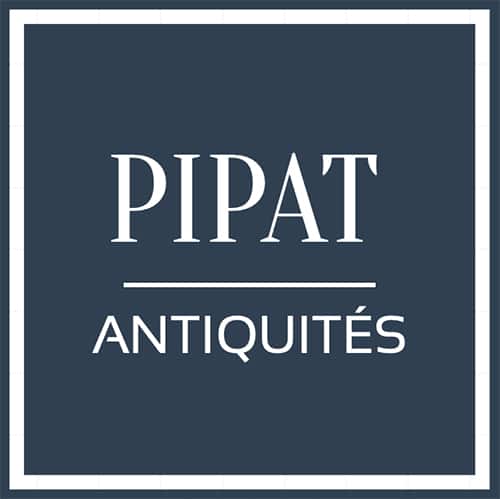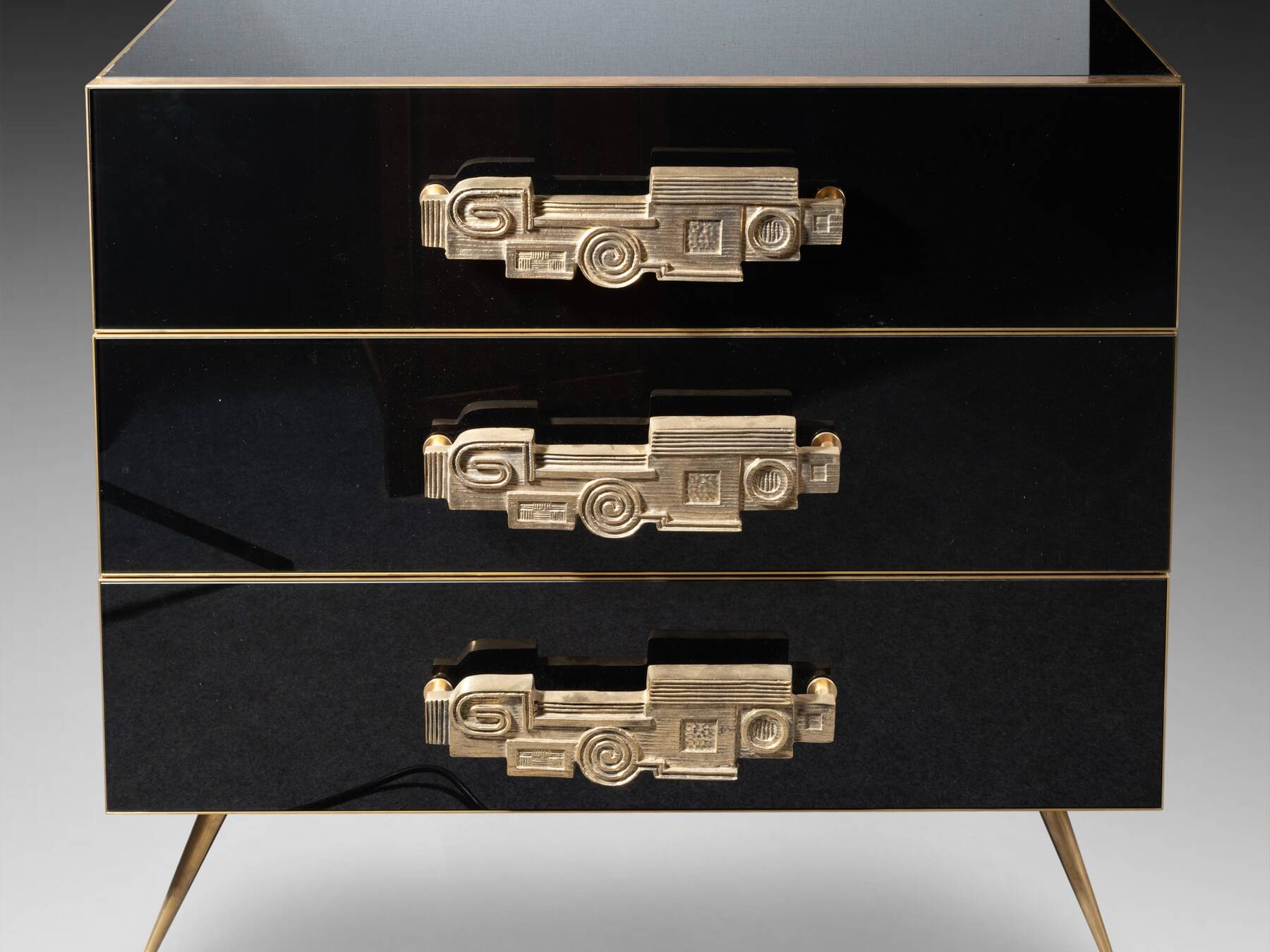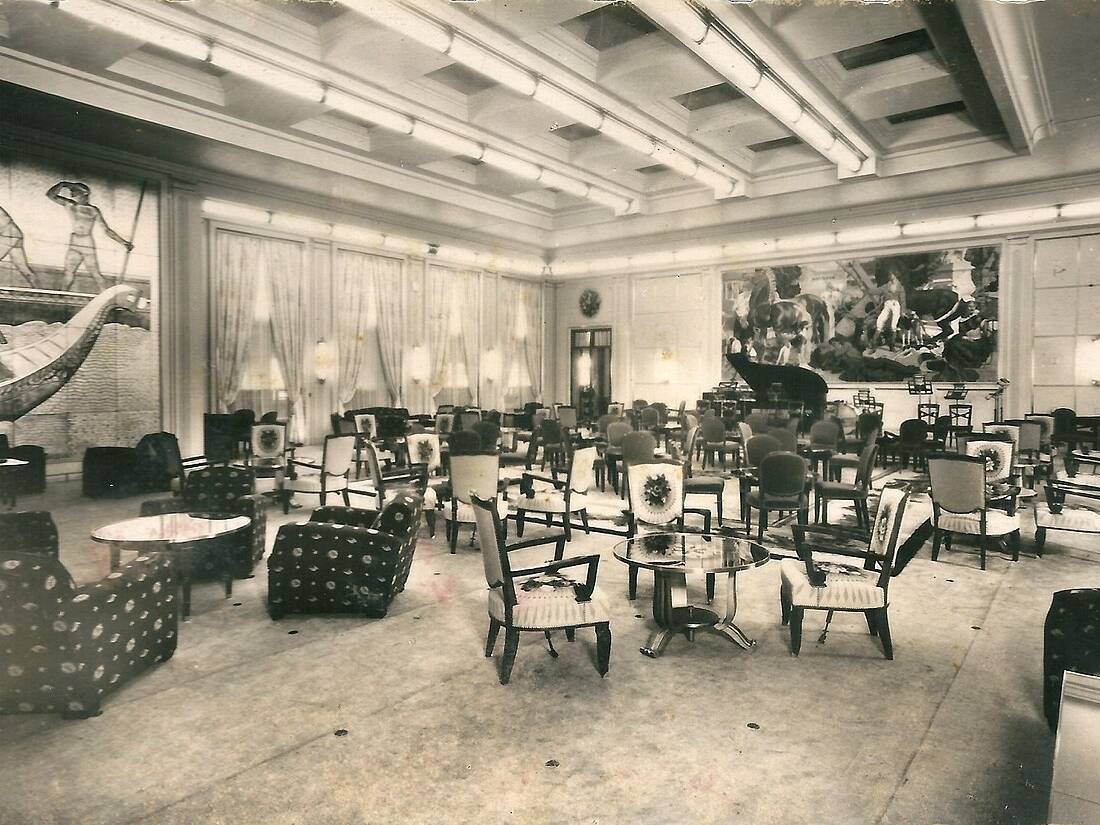The okimono: decorative by essence
A decorative object par excellence, the Japanese okimono is intended as a pure decorative object. The creation of these unique objects is much later than the netsuke, and begins, at the earliest, at the very end of the 18th century, while the Meiji era (1868 – 1911) truly marks their golden age. Motives Decorative elements draw on the Japanese mythological repertoire, which appealed more to Europeans than to the Japanese of the early 20th century. Virtuosity, multiplicity of details and humour preside over their execution.
On our ivory okimono, everything is here gathered to offer the eye a remarkable ivory sculpture where the mythological and common animal bestiary of Japan is developed in a funny way on a small piece. Although the three-legged toad is one of the most auspicious mythological animals in Japanese culture, their ordinary counterparts are not despised.

The Japanese toad, assured wealth!
Contrary to what one might think, toads are synonymous with prosperity… and wealth. The kaeru word for them is homophone for “return” or “coming home”. For this reason, travellers carried amulets in the shape of batrachians for a long time, helping them to return home safely after a long journey.
Finally, the Japanese play on words skillfully using the two meanings of the word kaeru lets the owner of one or more toads, either ivory toads like ours, or real and alive toads, to expect the best, because ..:
“Wealth and fortune will return(kaeru) wherever there’s a toad (kaeru).”
An adage which is not obvious to Westerners, finding this animal not very ragoûtant!

A delicate work
In addition to its sympathetic symbolism, one will appreciate the delicacy and finesse of the sculpture of our okimono.
Several schools marked the history of Tokyo in the field of okimono but the artists did not systematically sign their works although most of these workshops created objects of very beautiful quality.
Our okimono does not demerit and is undoubtedly the work of a talented Japanese craftsman. The intertwined patterns and meticulous attention to detail, not to mention its subject matter, make it a worthy okimono.
One will appreciate in particular the grainy skin or thorny stems as opposed to the soft and smooth appearance of the lotus flowers. The dexterity and talent of the sculptor is also expressed in the different positions of the animals, whose very natural rendering is to be admired above all.
Marielle Brie
Art Historian for Art Market and Cultural Media
Author of the blog Objets d’Art et d’Histoire
Autres ressources et documentations
28 June 2025
Plaster Sculptures, Plaster Casts
For a long time, plaster casts suffered from a poor reputation. Often regarded as crude replicas, and sometimes even dismissed as inexpensive imitations, they nonetheless had…
17 April 2025
The Middle-Ages Furniture
Rare and highly sought-after, Middle-Ages furniture is making a strong comeback. An overview of this market, where enlisting the guidance of a professional is strongly advisable.
18 March 2025
Murano Glass Furniture
Since the beginning of the 20th century, Murano glassmakers have been exploring new horizons. After classic lighting and decorative art, Murano glass is now used to adorn…
16 December 2024
A bronze triton after the sculptures of François Girardon (1628 – 1715) in Versailles
This fountain element is all the more admirable as it is sculpted after the masterpieces of the Pyramid Basin, on the parterre of the North Wing of the Versailles gardens.
18 November 2024
Tyco Bookcase, by Manfredo Massironi, for Nikol International
A pure creation of optical art research in the 1960s, the Tyco library shelf designed by Manfredo Massironi invites the viewer to bring the work of art to life on a daily basis.
3 August 2024
The Ocean Liner Style
In the 20th century, the immense ocean liners connecting the Old Continent and the New World were ambassadors of tastes and innovations on both sides of the Atlantic.






